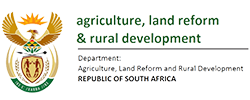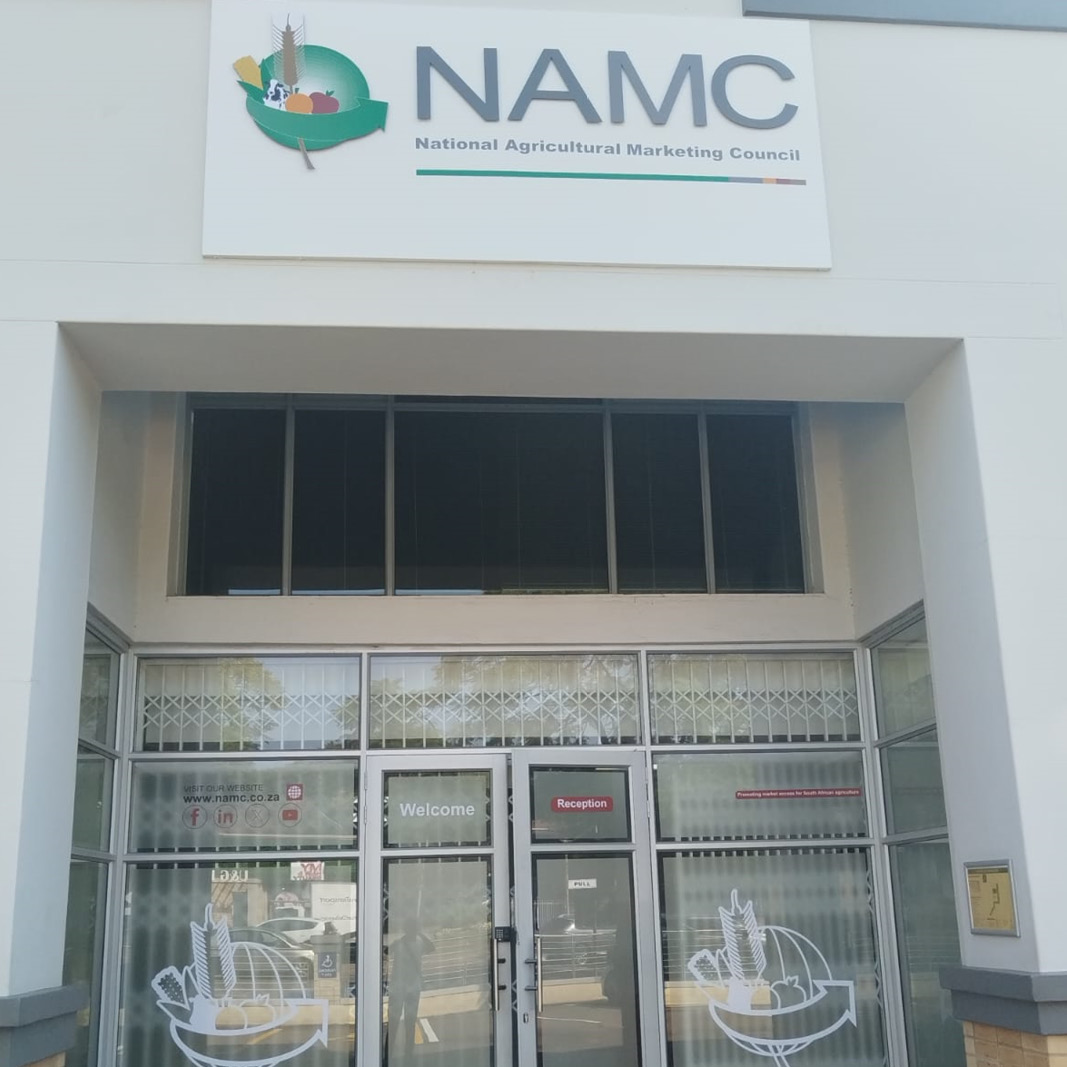Commentary: What does the AfCFTA agreement mean for South Africa’s agricultural sector?
By Dr Moses Lubinga
Introduction
The AfCFTA is thus far the most ambitious initiative on the continent, with the AfCFTA agreement framework covering a wide spectrum of issues (including trade in goods and services, investment, intellectual property rights, and competition policy). The AfCFTA agreement states that tariffs on a number of products will be eliminated, and also address the non-tariff bottlenecks limiting intraAfrica trade, among other objectives. Following the attainment of a 22-country threshold of countries that have deposited their instruments of ratification with the Chair of the African Union Commission as per Article 23 of the agreement, the AfCFTA came into effect on 30 May 2019. Beyond the 22-country threshold, the AfCFTA will bring together 55 African countries with an estimated population of 1.2 billion. The high population presents great opportunities for the agricultural sector to produce more food while creating job opportunities, in a quest to address the food insecurity issue among many African states.
Intra-Africa agricultural trade overview
In 2018, intra-Africa agricultural trade accounted for only 20 % of all exports on the continent. Overall, South Africa, Kenya, Namibia, Mozambique and Botswana contributed the most towards intra-Africa trade, accounting for 17 %, 6 %, 6 %, 5 % and 5 % respectively of all agricultural exports. South Sudan, Central African Republic and Guinea-Bissau exported the least among the African states. With the exception of edible fruits and nuts (HS 08) and edible vegetables (HS 07), intra-Africa agricultural exports largely comprise of processed products, including cigarettes, sugar and palm oil. Africa’s intra- exports of tobacco products (HS 24) accounted for 72 % relative to tobacco imports in 2018 (See: Table 1). With reference to Africa’s tobacco exports to the world, intra-Africa exports assumed 50 %. On the other hand, the share of intra-Africa sugar (HS 17) exports to imports only accounted for 22 %. More than 57 % of Africa’s sugar products were exported within Africa as compared to the rest of the world. AfCFTA unfinished business Despite the fact that the 22-country threshold has been ratified, the AfCFTA still has some unfinished business – for instance, the sticky issues of tariff concessions and rules of origin remain ambiguous. Without a clear road map for tariff concessions, it is bound to make the implementation of the agreement ineffective, as countries will not be in a position to know how and when to adjust. Opportunities for South Africa’s agricultural sector
- South Africa is bound to largely benefit in the AfCFTA, given that it is the only African economy that is a significant destination market and also a source country for agricultural products. To a great extent, South Africa is the leading exporter of processed agricultural products and other African countries largely trade in primary and intermediate agricultural products which South Africa can process into higher value products, presenting an opportunity for South Africa.
- Assuming that there is greater market access across the continent due to the enactment of the AfCFTA agreement, there shall be an indirect enhancement of the more efficient use of natural resources, leading to increased production efficiency (IMF, 2016). Countries like South Africa are temperate, implying competitiveness in producing agricultural products that are not necessarily produced in tropical countries (the reverse is also true). This will enable countries to produce more of the agricultural products not produced by their trading partners on the continent.
- The establishment of the AfCFTA is anticipated to foster South Africa’s agribusiness sector by creating new regional markets for farmers, and enhancing agro-value chains and innovation while substituting imports from other continents/ regions.
- Successful reduction of tariff rates will be a step forward towards fostering South Africa’s agricultural products (e.g. sugar) and gaining market access into many African countries (e.g. Kenya),
hence boosting intra-Africa trade.
Concluding Remarks
The AfCFTA is a most ambitious initiative on the continent to enhance intra-Africa trade and regional integration. Despite the existing ambiguity on tariff rate concessions and rules of origin enshrined within the AfCFTA agreement, a number of opportunities are foreseen to benefit South Africa’s agricultural sector following the enactment of the agreement. To get the best out of the AfCFTA, tariff reductions must be complemented with initiatives aimed at overcoming non-tariff-related trade barriers (e.g. improving services at customs points and clearance procedures). Furthermore, South Africa may need to use complementary structural reforms so as to ensure efficiency in the agricultural sector, particularly in competitive industries. There is also a need to establish means of identifying and monitoring how the major agriculture-related non-tariff barriers, such as the use of restrictive rules of origin, phytosanitary and phytosanitary measures,
will be implemented upon enactment of the AfCFTA agreement.



